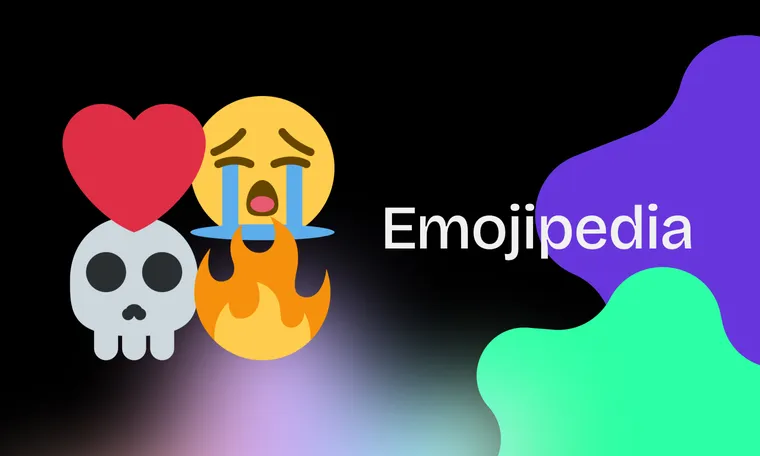Since their introduction to the Western world in the early 2010s, emojis have become fundamental to digital communication across the globe.
As the Editor-In-Chief of Emojipedia, I've had a front-row seat to their meteoric rise, and I’m excited to outline how we became the world’s most comprehensive source of emoji information, designs, and breaking news.
Building the Emoji Encyclopedia
Over a decade ago, Emojipedia was born from a simple necessity: the absence of any reporting on the new emojis added to Apple’s iPhone in 2012 and 2013.
Initially, our site simply listed every existing emoji, but our mission expanded rapidly as Unicode – the body that governs the introduction of new emojis – began to recommend new ones on an annual basis, increasing the scope of the emoji keyboard. With each new release of emojis, it became increasingly clear that people across the globe needed a reliable, easy-to-use platform that described emoji developments happening across smartphones and social media.
As emojis presence in pop culture expanded, they swiftly became a new form of communication that deserved the same respect and understanding as any spoken or written language. The world needed an emoji encyclopedia.
So we began to catalog every new emoji update while adding to our archive of existing emojis – offering sample designs of what new emoji ideas could look like when implemented by Apple, Google, and other tech companies that each used their own unique emoji designs, refining them over time.
As part of this expansion, we provided not only each emoji’s name, but also its context and history, along with some usage tips (i.e. how best to avoid cringeworthy emoji faux pas, such as those experienced by the likes of Jessica Chastain, Jameela Jamil, and Sesame Street’s Cookie Monster).
Today in 2024, Emojipedia details over 4,000 different emoji concepts found across our various digital devices, with our archive featuring over 100,000 designs dating all the way back to 1988 with some of the earliest emoji-like character sets from Japanese digital devices, and the first “smart phone” to have emoji characters in 1997.
The Importance Of Emojipedia
Emojis are more than just playful icons that come by default on our phones. They are a cultural and communicative phenomenon offering a window into how different communities across the globe express emotions and ideas.
For many, emojis break down language barriers, offering a universal way to communicate feelings, reactions, and moods. The universality of some of the world’s most popular emojis makes a resource like Emojipedia crucial — both to demystify and to celebrate them, as we do as part of our annual World Emoji Day celebrations (July 17 each year, if you weren’t aware – a date chosen because it's the one shown on the majority of Calendar emoji designs).
Emojipedia has become an essential tool for digital communication, ensuring that everyone from tech developers to the average smartphone user understands what sending a particular emoji might convey. By educating users about the range of predominant meanings of emojis, we hope to empower them to use emojis more effectively, responsibly, confidently, and playfully.
As we look ahead, we’re excited about embracing new technologies and engaging with our community to refine and enhance how we present information. We’re particularly excited about the potential to integrate more interactive elements on our site, offering our users the chance not only to read about emojis but also to explore our extensive design archive in new and engaging ways.
While we’re busy working on these new features, I’d like to thank everyone who has ever visited Emojipedia for their trust and curiosity. Rest assured that we’ll continue to provide you with accurate and well-researched emoji information you can trust.


